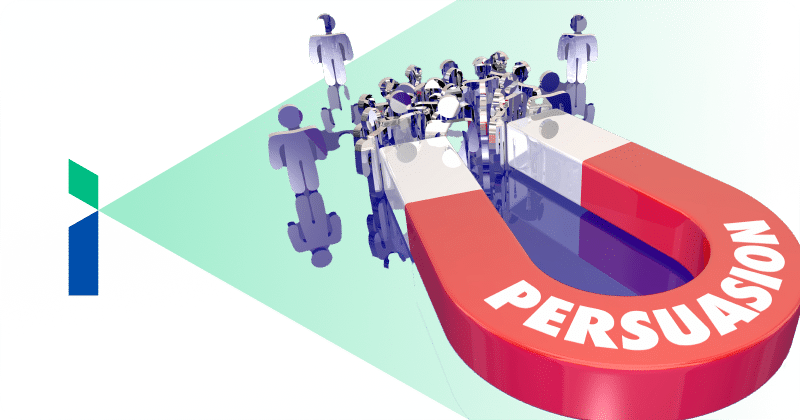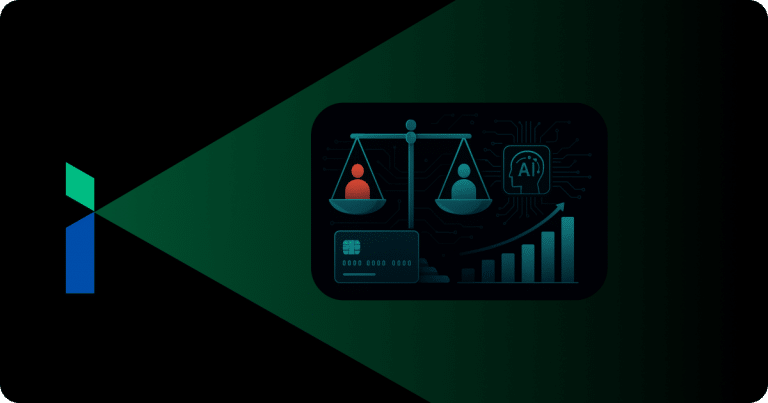Across our personal and professional domains, we are all accountable to people with more power than we do, and they will take decisions that impact how we feel and what we do.
E.g., you want to run a sales campaign to help you deliver on your sales target at the workplace. Your supervisor is not warm to the idea and vetoes your proposal. You feel bad, and you fret about the unfairness of the decision. You think, “why doesn’t my boss get it. He is supposed to be smart. It’s so unfair that I have to work with people who don’t understand basic stuff.”
There is no point in being indignant about decisions made by people who have the power to make the decision.
Marshall Goldsmith, one of the world’s best coaches, puts it nicely. Every decision that impacts our lives will be made by the person who has the power to make that decision – not the ‘right’ person, or the ‘smartest’ person, or the ‘best’ person. Make peace with this fact.
How do we then ensure that people with the power to make decisions, make the decisions we like?
Through Influence.
Definition Of Influence
Susan Jeffers, author of Feel the Fear and Do it Anyway, defines influencing as “not the ability to get someone to do what you want them to do. It is the ability to get yourself to do what you want to do”.
With influence, you get the power to decide on what you want to do instead of letting others decide on what you should do.
Three critical perspectives have helped me become better at influencing people around me.
Influencing Is No Different From Selling.
If someone has the power to decide and you want to influence that person to do something you want, the process of influencing that person is similar to selling a product or service to an external customer. Except that you are not selling any product or service. You are selling your idea of what you want the decision-maker to do.
Now, here is where things get complicated.
If I am a salesperson, my job is to sell. The customer doesn’t have to buy. I don’t sit and complain if the customer/buyer is not taking my product. I understand that I was not successful in my effort to sell.
But if someone doesn’t “buy” our idea, we spend a lot of our emotional energy whining, complaining, and blaming the decision-maker for not buying our idea.
We need to come to terms with this simple philosophy. When presenting ideas to decision-makers, realize that it is your responsibility to sell – not their obligation to buy.
Beware Of The Curse Of Knowledge
The curse of knowledge is a cognitive bias that all of us suffer from when communicating with others. We unconsciously assume that the others have the background and context of what we know, and therefore they will easily understand the idea or message we are trying to convey.
Unfortunately, there is a fine line between having information or knowledge of something and communicating the information or knowledge. The bias of the curse of knowledge makes us believe that whatever we say and explain, the other person will or should get it. This is rarely the case.
If we want to become effective at influencing people around us, we must break the curse of knowledge. The best way to do this is to spend a disproportionate amount of time conveying the context so that the other person understands everything about your perspective.
Focus On The Needs Of The Decision-Maker And Not Just The Achievement Of Your Objectives.
If I were an effective salesperson, I would never say to a prospective customer, “you need to buy this product because if you don’t, I won’t achieve my objectives!”
An effective salesperson will always relate to the needs of the buyer, not to his own needs. The more the salesperson focuses the pitch to drive home the benefit to the customer, the more likely the buying decision will be in his favor.
Similarly, when influencing decision-makers, focus on communicating how your idea will benefit the decision-maker. Don’t assume that the people you are trying to influence can automatically “make the connection” between your idea and the benefit.
Make an investment to learn how to influence people with the decision making power. You will become powerful in the process.













